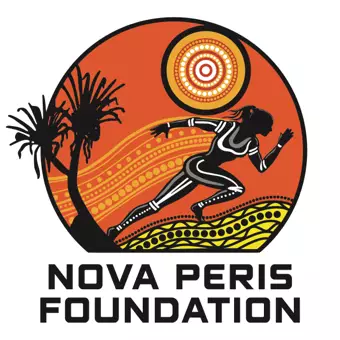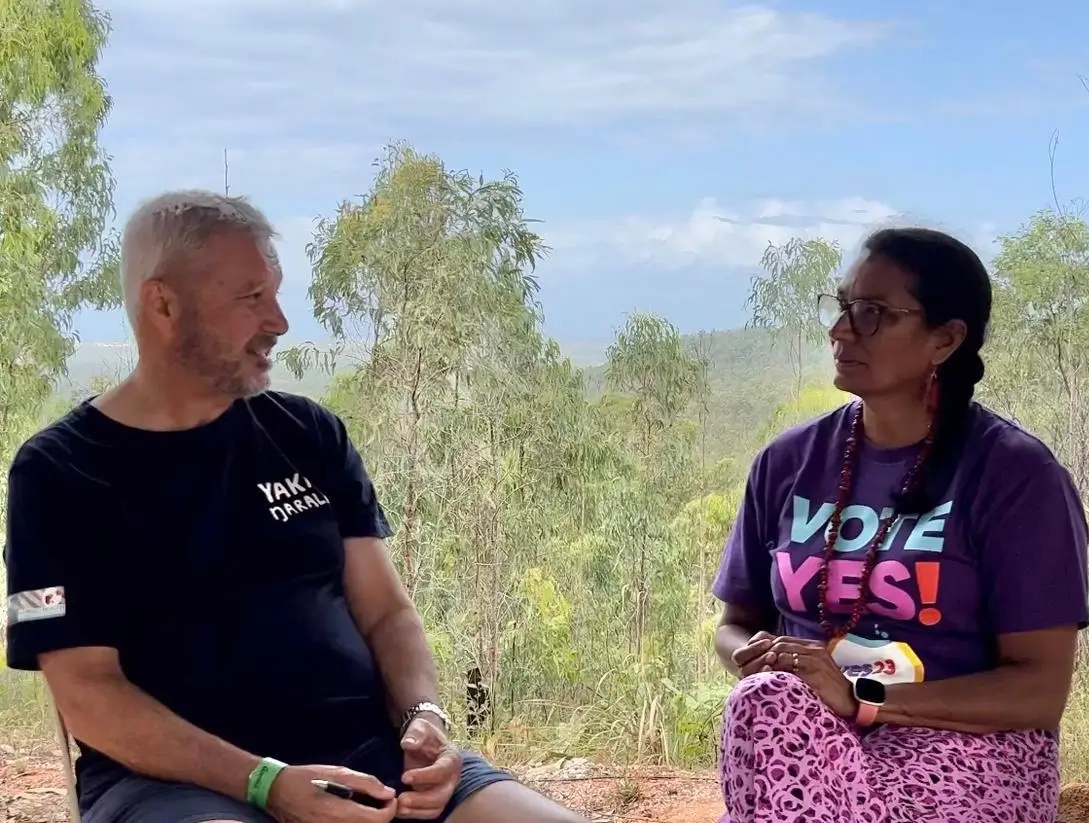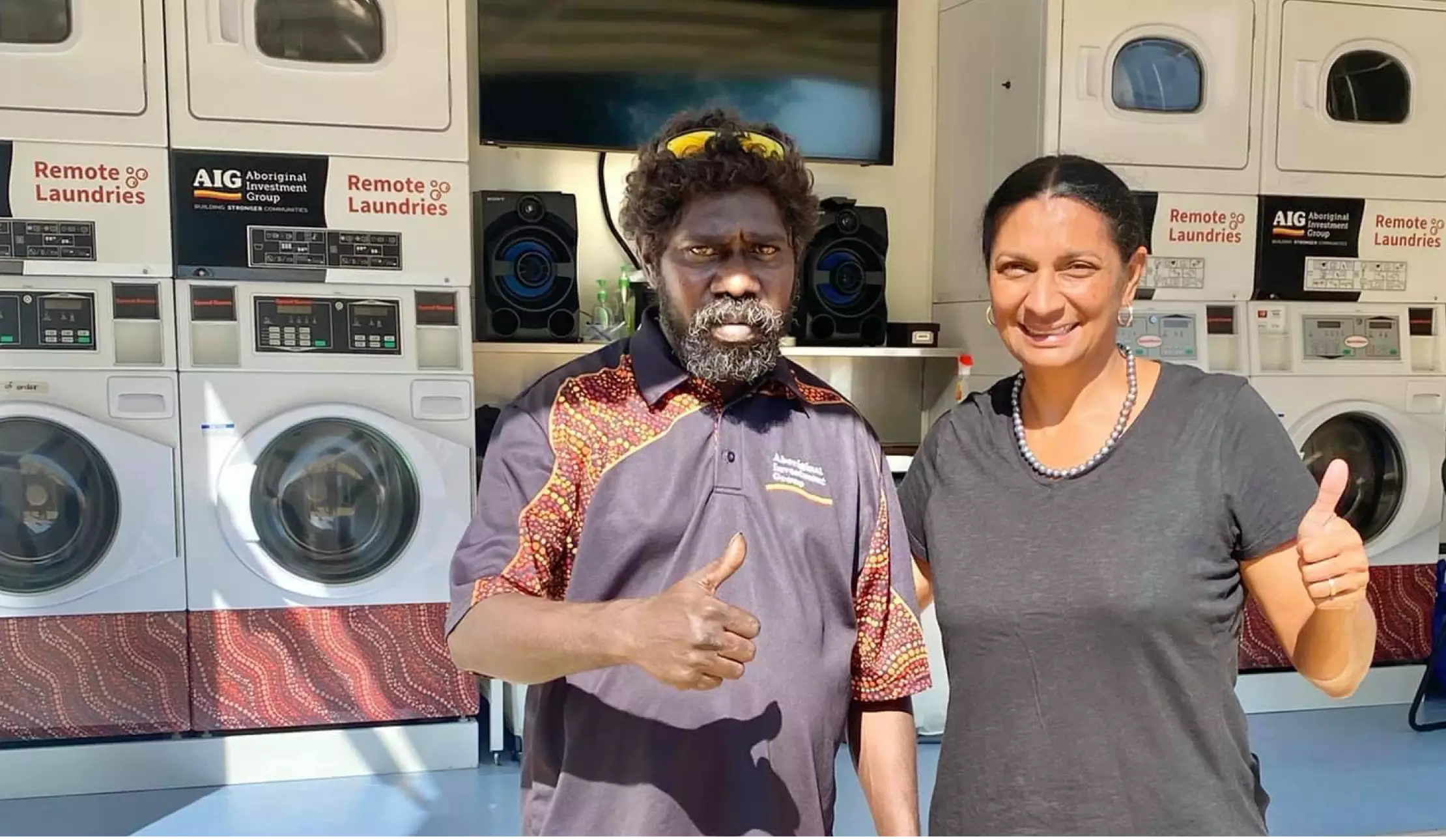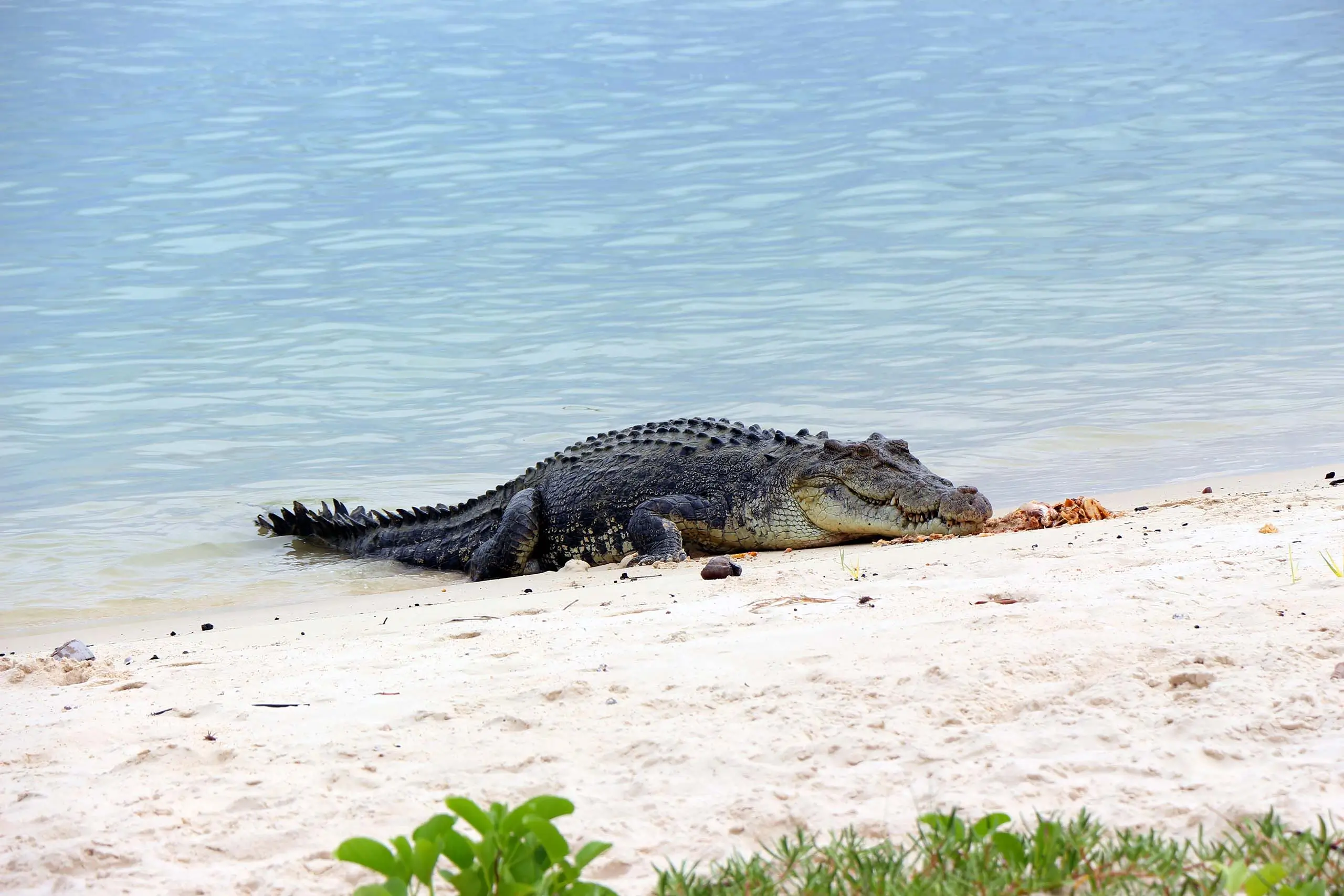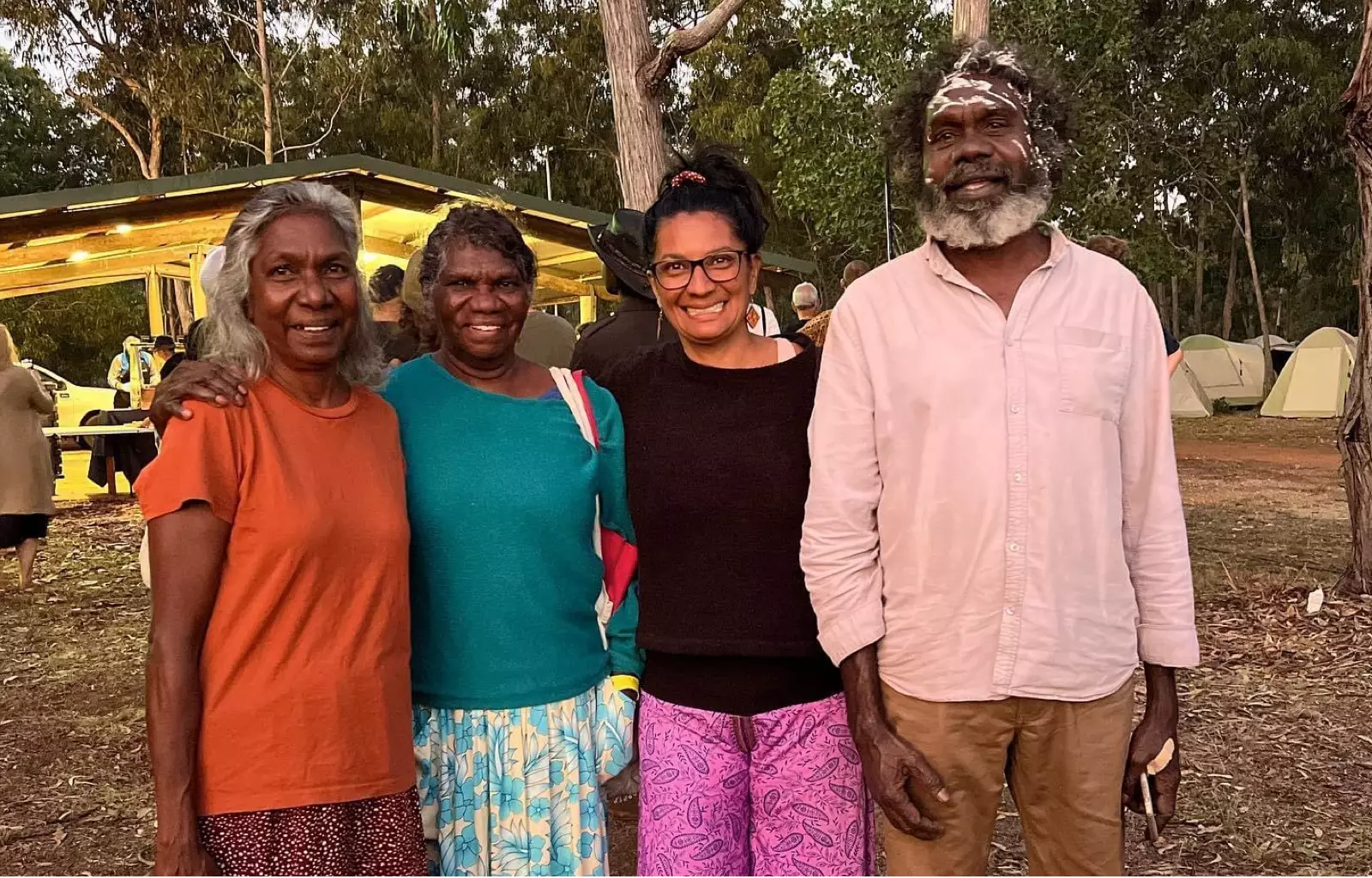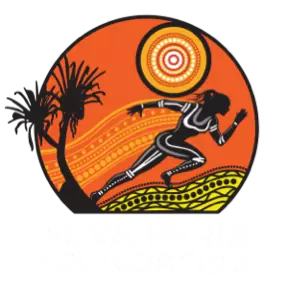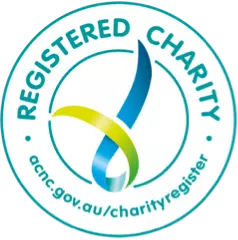While the nation’s eyes fell on Garma Festival for a celebration of Yolŋu culture and history in early August, a local health leader says a crisis faced by the land’s people once visitors pack up and return home is “an indictment” on Australia.
Miwatj Health Aboriginal Corporation operates seven health centres across East Arnhem Land, delivering services ranging from public health to the NDIS scheme.
The corporation’s chief executive and proud Kamilaroi man Steve Rossingh sat with National Indigenous Times representative, Olympic and Commonwealth Games gold medallist and former Senator for the Northern Territory, Nova Peris OAM at Garma.
Mr Rossingh said behind the celebrations at the festival “there’s a sad story as well”.
“The health of Yolŋu people across all of East Arnhem Land is probably the worst of all Australians. Some of the health statistics are what you would see in what are considered to be third world countries,” he said.
Ms Rossingh said East Arnhem Land presents the highest rates of preventable deaths out of the whole nation.
Coronary heart disease, type two diabetes, renal failure and suicide continue to end lives in this part of the country – affecting people as young as 20.
Rheumatic heart disease remains a chronic concern, despite being practically wiped out in the developed world.
Mr Rossing said they’re issues existing alongside the significant life expectancy gap between Indigenous and non-Indigenous Australians.
While life-length is extending, he said quality of life is not improving.
“If your life extends by a couple of years, but you’re spending all that time either in a bed, in a house or sitting on renal machines getting dialysis, that’s not the quality of life that people want,” Mr Rossingh said.
“East Arnhem Land has about the highest rates of chronic conditions in the country.
“People are getting more than one at the same time. So we’re getting comorbidity factors.”
Mr Crossing said properly coordinated and resourced community-controlled health services are the best case for addressing the crisis in Indigenous communities like East Arnhem Land.
“One thing that governments can do is really support the community controlled sector, not just in terms of providing funding, but adapting their service responses in a way that Aboriginal community control services are respected. And that our methodologies are able to be applied,” he said.
“Because we know if we apply them, the outcomes are going to be better.”
For him, the objective for services like Miwatj is to provide primary health care with a consideration for preventative measures.
That involves the acknowledgment of social determinants of health.
Environmental health, safe and clean water, sewerage, air quality and housing were highlighted as areas crucial to strengthening community quality of life.
Overcrowding remains a major concern in East Arnhem Land.
Scabies – a small parasitic infection which can lead to rheumatic heart disease, was pointed to as a symptom of disadvantage.
Ms Rossingh said previous suggestions for non-Indigenous politicians that more washing machines should be provided to homes fails to understand the breadth of the overcrowding issue that would see the machines break down and some cultural custom in regards to clothing in the area.
Community laundries were flagged as a potential and cost-effective solution in that regard.
Barriers to education, employment and long-lasting impacts of racism and its detriment to mental health all spell out a complex issue facing people in the region.
He said point-of-contact care without looking at the conditions people arrive at treatment and care from is missing the mark.
“Unless we start making investments in those fundamental factors, all we’ll be doing is patching people up and putting them on a treadmill of presentations to our clinics, going away, getting the same thing again and coming back,” he said.
“We won’t be breaking the cycle.”
Despite being best-placed to facilitate lifting health outcomes, Mr Rossingh said funding conditions and thin resources stop Miwatj from delivering the services they would like.
“There’s been little or no consultation with the community controlled sector about what are fit for purpose premises and infrastructure – What does it need to look like? What needs to be part of it and what’s going to be effective?
“We’re really rapidly running out of space to run these programmes. But even where we have space, they’re not fit for purpose.
“They need to be designed properly to get the maximum outcomes for the investment that’s being made in people.”
Unlike mainstream services, Mr Rossingh said Miwatj looks at four key components, all in tandem, to overall health; healthy body, healthy mind, healthy culture and healthy country.
“We know when those things are working together, the long term outcomes are so much better,” he said.
“We just implore all governments or public servants and all decision makers to really understand some of the key barriers that we’re facing, but also understand how sick the human population actually is.”
“It’s a really sad indictment on our country, that health levels are so bad in this pocket of Australia.
“Yolŋu deserve much better than they’re getting.”
